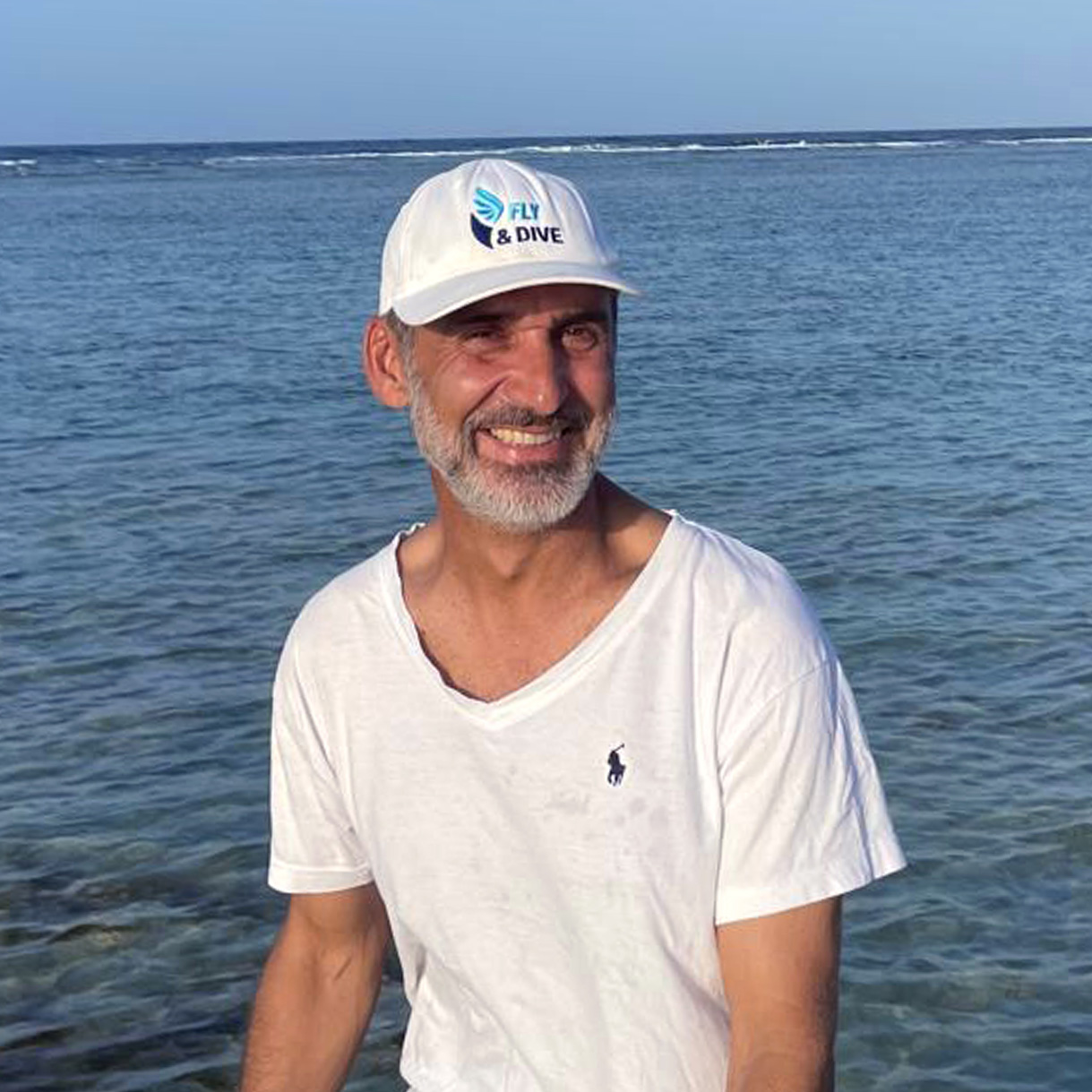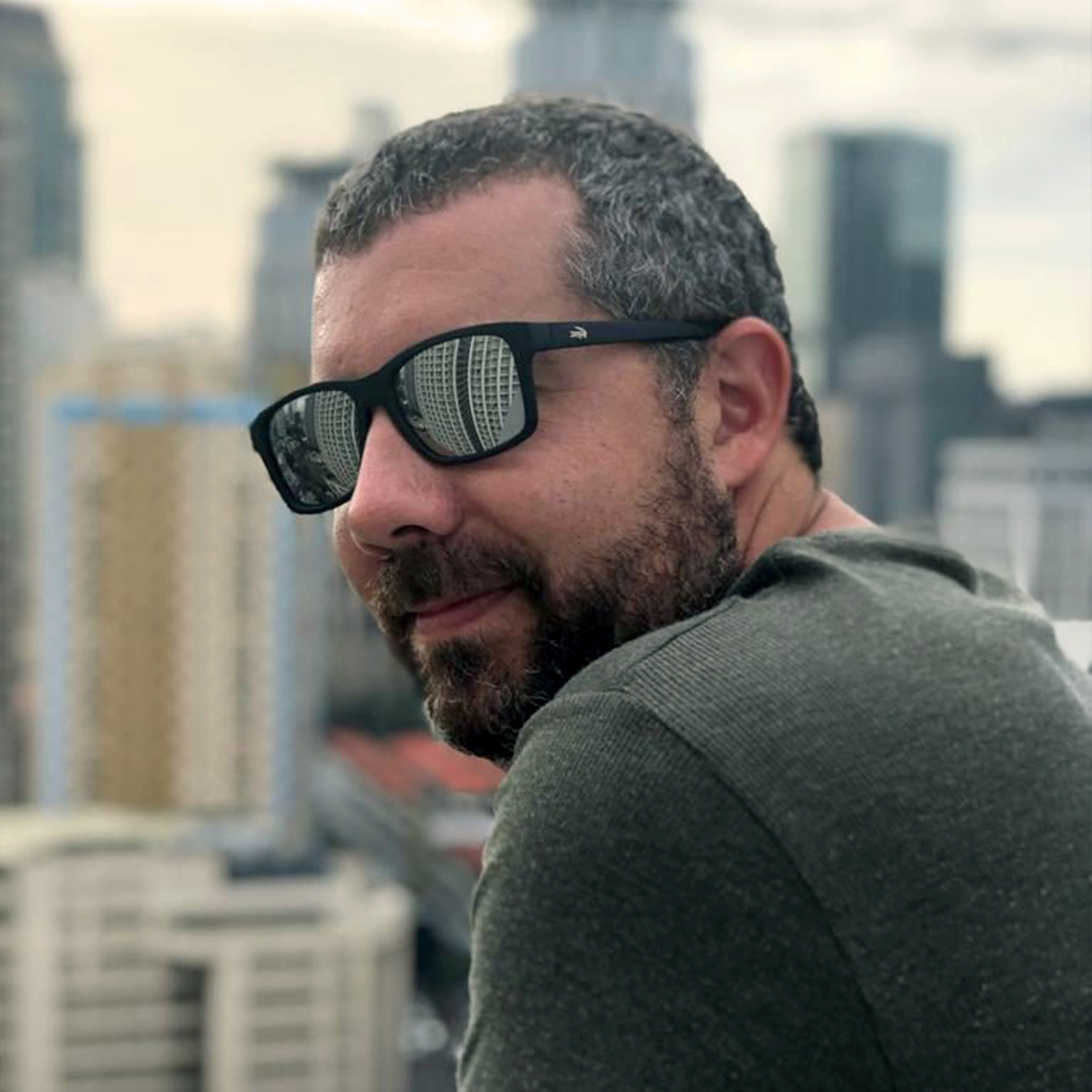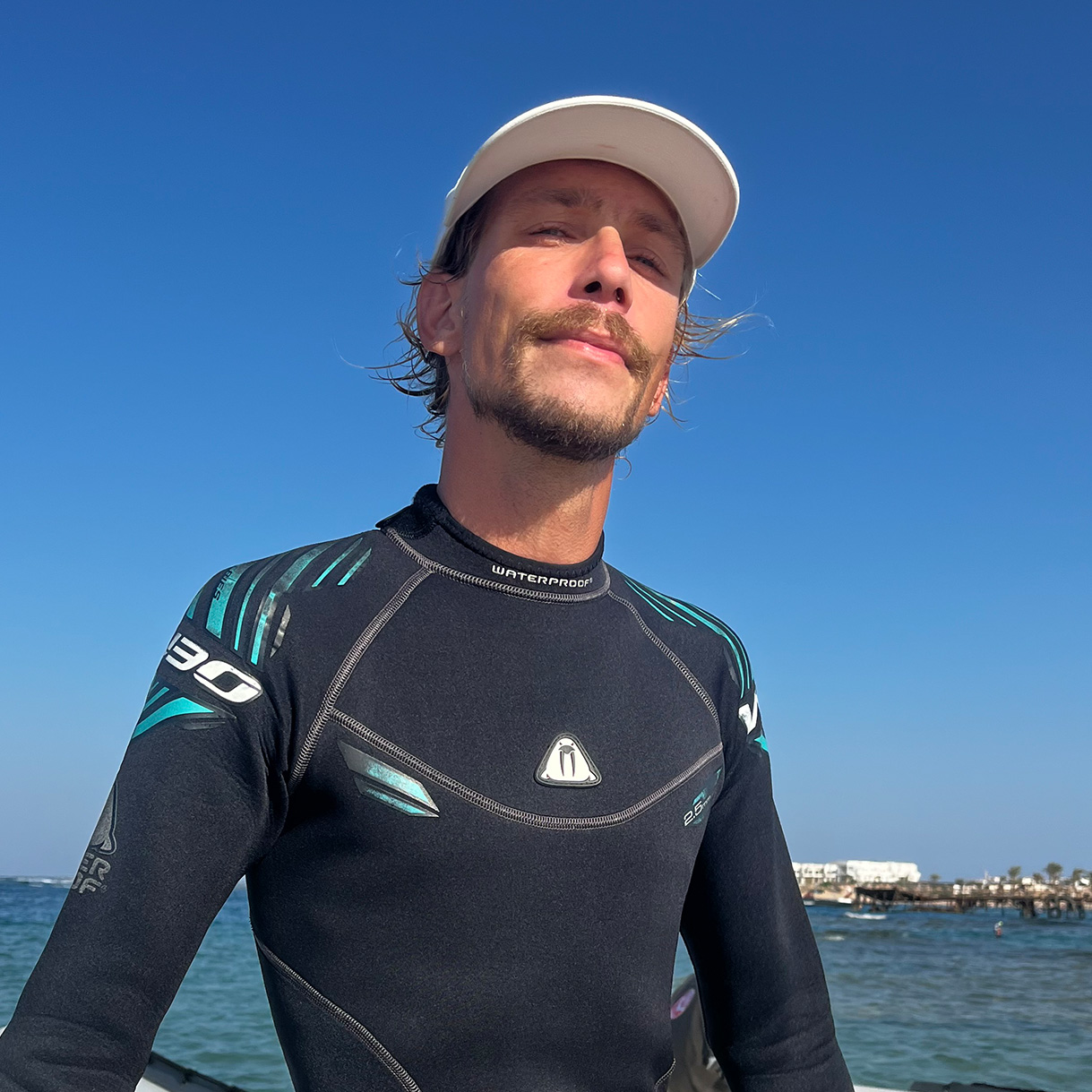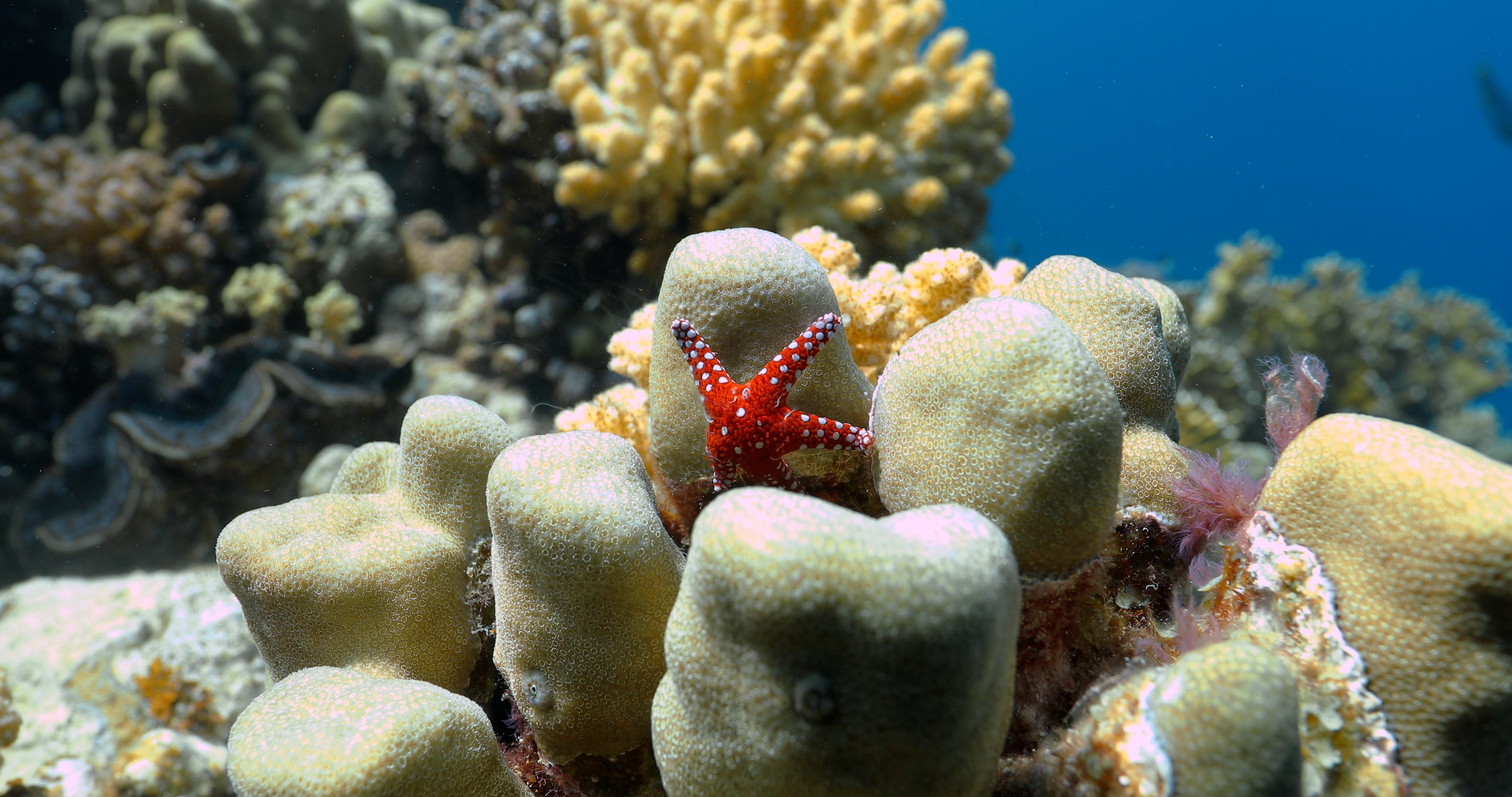
KNOW YOUR ENVIRONMENT - EMMA PETTERSSON
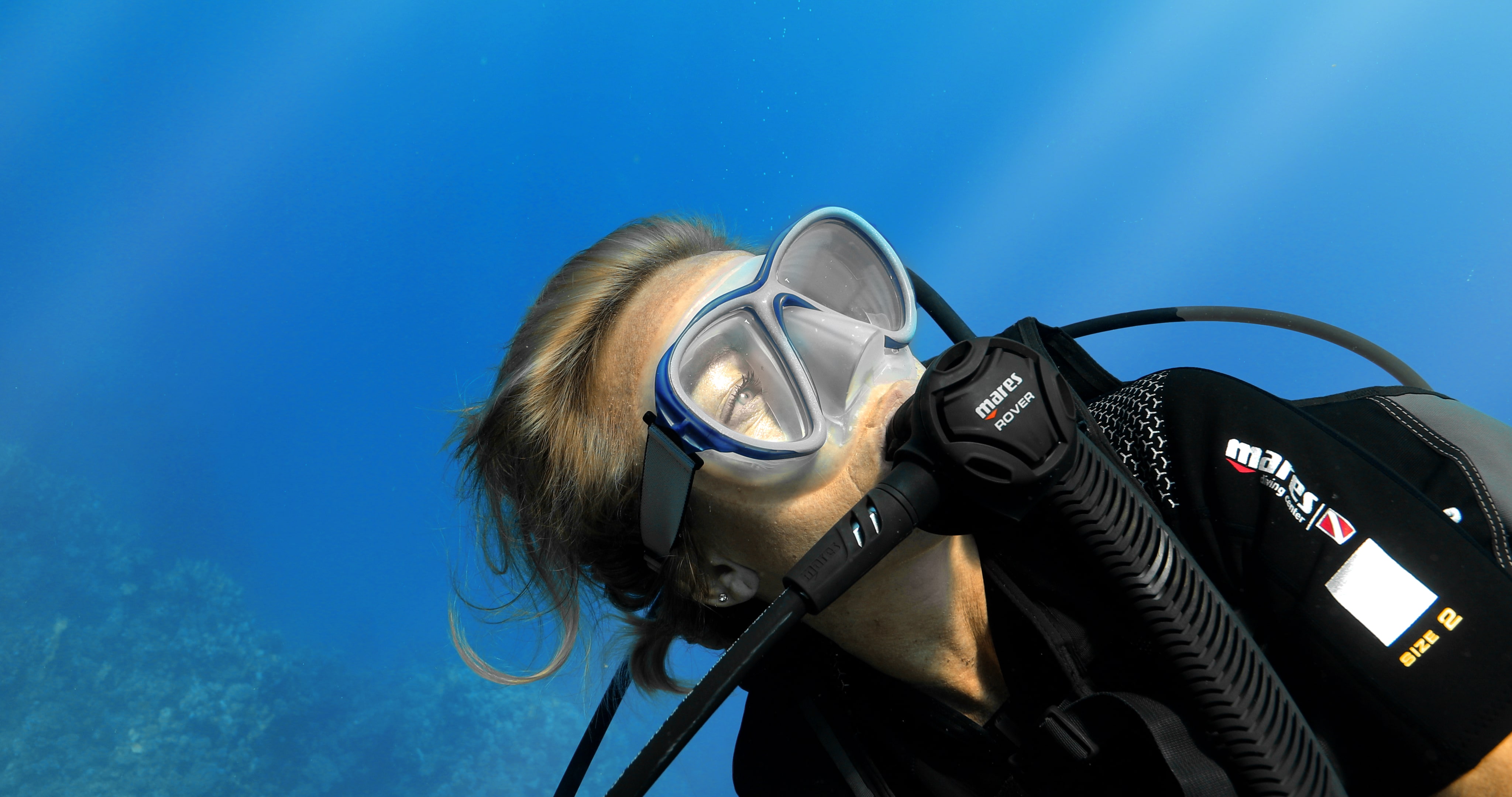
Understanding the ocean (and nature in general), its intrinsic conditions and the physical laws that govern it, is essential given the considerable impact it has on the outcome of your underwater photography/cinematography.
Having a good knowledge of these uncontrollable but measurable or predictable parameters (for some of them) allows us to get the most out of them during our dives. Likewise, we must remember that in the blue anything can happen and we want you to be ready for it.
Natural conditions
The ocean, the underwater world, is a challenging environment for us, therefore, going underwater for a shooting without carefully studying the natural conditions is a bit like going to the school without having done his homework. The bad outcome is more than likely.
What specific oceanographic parameters affect underwater photography or filmmaking?
- • Water temperature has a strong impact on the presence of marine life in the shallow areas.
- • Tides affect visibility by increasing particles in the water, which changes the penetration of light into the water. Therefore, is it wise to shoot with a wide angle lens at low tide?
- • Currents wash away particles and often promise abundant marine life, but is it the right day for underwater macro photography?
- • Waves often cause swells which disrupts the stability of underwater photographers and filmmakers. Should you plan a deep dive?/li>
We can clearly see that all these marine phenomena influence the preparation and choices of photographers and videographers and of course the result of a successful photo/video dive. Furthermore, these phenomena are themselves interconnected with external elements (often meteorological) such as wind, cloud cover, moon cycles, etc. And we haven’t yet talked about choosing the dive site based on the time or the orientation of the sun.
In this workshop, you learn to read the ocean like an open book and we provide you with the tools you need to do so.
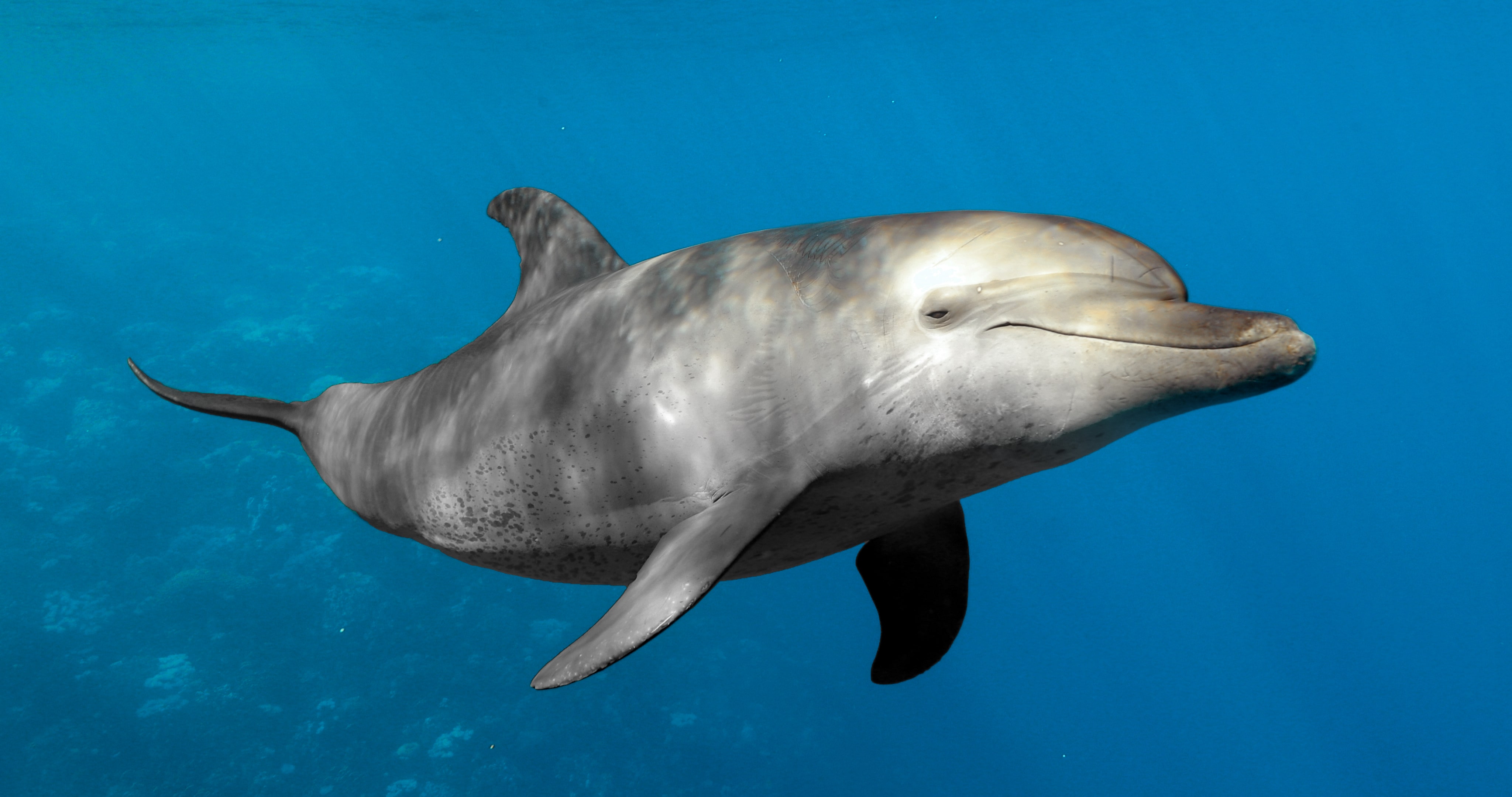
Species knowledge and behavior
Our goal in this part of the workshop is to help you grab the best photos/videos possible by providing you with the most valuable information on the marine species you encounter in the Seas & Oceans.
Each marine animal reacts uniquely to “intruders” who enter its territory or “living room”.
When is the best time to approach a hawksbill turtle and take a close-up photo without scaring it? How to blend into a school of fish and take an immersive shot? What to do and what not to do when an eagle ray is heading towards your camera? What attitude should you adopt in the presence of dolphins to achieve exceptional shots?
Characteristics, behaviors, places to find them... During short daily video analysis sessions, we prepare you for as many situations and circumstances as possible so that no marine species escapes your frame.
The study and prior knowledge of animal behavior is essential in order to understand its habits, anticipate its movements, and approach it calmly, correctly and at the right time.
For example, a giant moray eel in the middle of a “cleaning session” is too busy for your presence to really disturb it, which increases your chances of capturing a good image.
Overall, we strive to integrate as best as possible with the surrounding environment and its ecosystems so that we can photograph or film the most natural and beautiful scenes that the underwater life has to offer us .

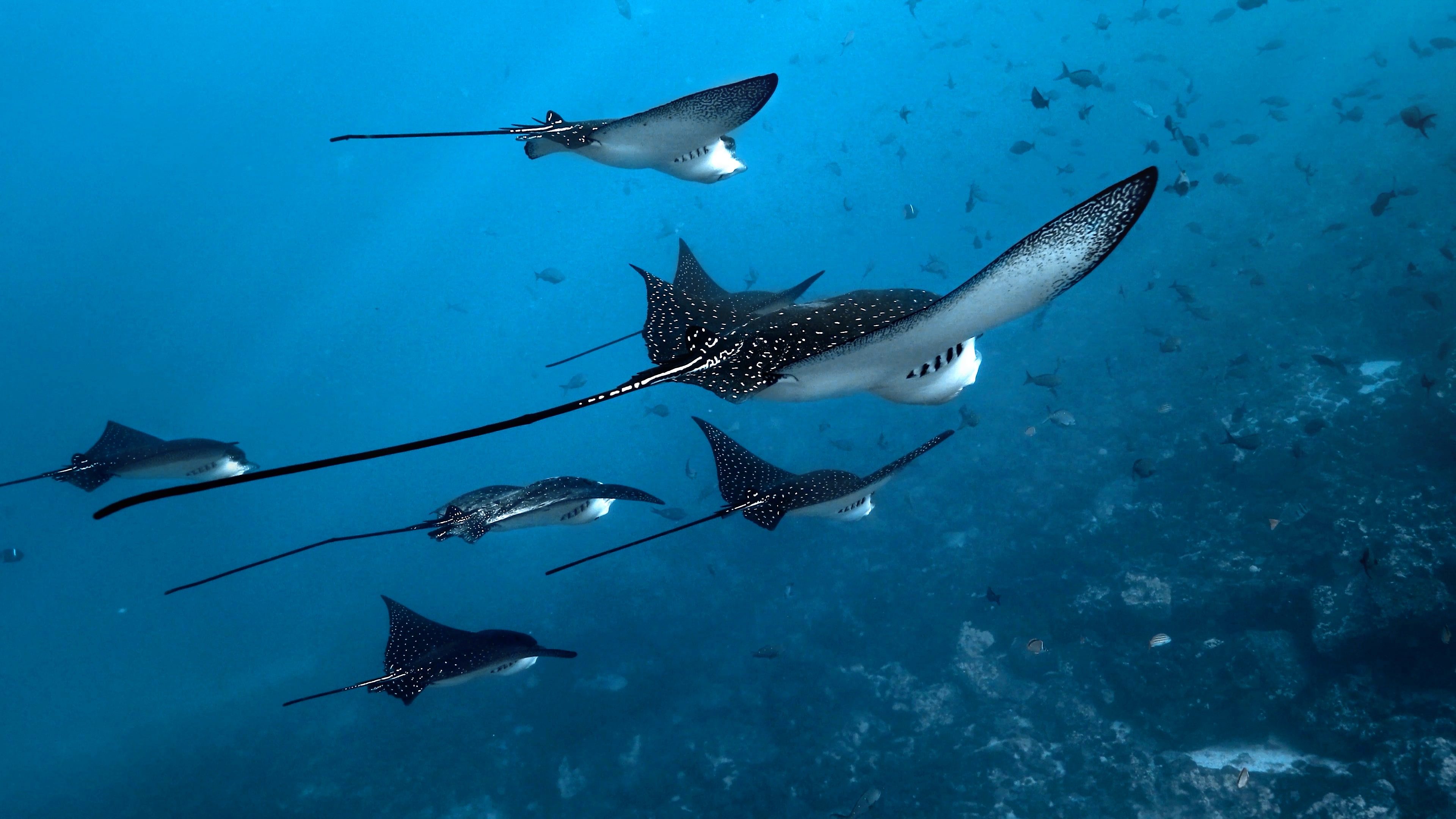
Biodiversity and Conservation
Even though recreational diving has become increasingly popular in recent decades and access to underwater photography equipment has become widespread, underwater photographers and filmmakers remain privileged witnesses of biodiversity, beauty and the fragility of ocean ecosystems.
It’s an incredible chance for each of us to experience this underwater world but let’s not lie to ourselves, the situation of marine ecosystems, due to global warming, is critical, many species are now in danger or at risk of extinction. Better understanding and protecting the oceans
How can you, as an underwater photographer/videographer, make a difference?
Yes, you can be an ocean hero too! Beyond the emotion you can convey through your art, all the images and films you produce underwater can prove to be valuable and critically important material for scientists who have compelling need data on vulnerable species and threatened ecosystems in order to initiate conservation actions.
Did you know that of the more than 700,000 species that inhabit the oceans, only 230,000 are documented?

